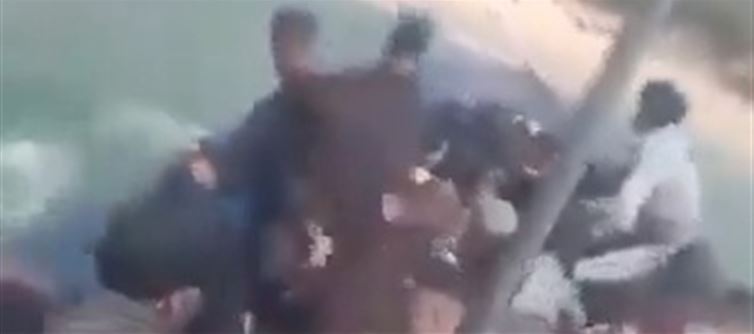
While some of these individuals may have valid reasons for leaving their countries, including economic hardship or political instability, their status as refugees is frequently questioned. Unlike traditional refugees fleeing direct, individualized persecution or warzones, many do not qualify under the strict criteria outlined in the 1951 Refugee Convention. Critics argue that these are predominantly economic migrants—seeking better living standards rather than international protection—who are exploiting Europe’s humanitarian framework. Their demographics and the lack of accompanying families have fueled public suspicion and political backlash, particularly from right-wing and nationalist movements across the continent.
The continued influx has strained social services, heightened concerns about integration, and sparked security debates. Many european citizens worry about the lack of vetting, potential criminal activity, and cultural tensions stemming from large-scale, unregulated migration. Governments face a difficult balance: upholding human rights obligations while maintaining internal security and social cohesion. As the EU struggles to implement a unified and enforceable migration policy, the visible movement of large groups of military-aged men across open borders remains a flashpoint in Europe’s broader debate over immigration, sovereignty, and identity.




 click and follow Indiaherald WhatsApp channel
click and follow Indiaherald WhatsApp channel